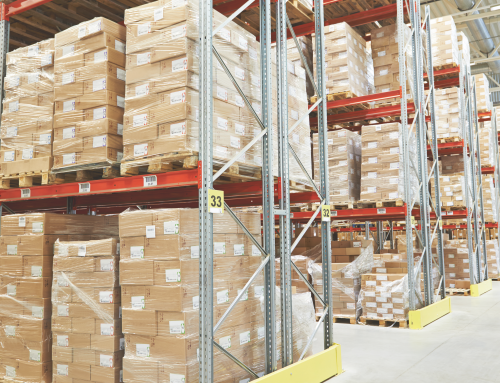Recent spikes in import volumes have led to another chassis shortage in the ports of Los Angeles and Long Beach. Industry insiders attribute the shortage to lengthy dwell times at regional warehouses and the resulting equipment dislocations. However, chassis availability does not seem to play a role. Falling imports should loosen these issues. However, they will inevitably reemerge later whenever demand strays from expectations.
For example, outside factors like last year’s trade war tariffs or general seasonal influences play a huge role in demand fluctuations. When demand varies, container terminals are unprepared to keep up with the actual needs of shippers and carriers. When dwell times at manufacturing plants and warehouses grow, equipment remains out of circulation. Therefore, it creates a chassis imbalance that significantly impacts the efficiency of cargo flow.
Dwell times
According to JOC, dwell times must fall under four days for ports in Southern California to sufficiently meet equipment needs. However, at the height of the LA—LB chassis shortage, dwell times averaged longer than five days. To further complicate things, when trucking companies can’t get appointments that allow them to book dual transactions, or terminals enforce excessive regulations on returning empty containers, this chassis dislocation becomes even more unmanageable.
Chassis shortage by the numbers
In total, there are three major Intermodal Equipment Providers, or IEPs, that operate about 60 to 65 percent of the available chassis for the entire area. This equates to 62,000 individual units. However, thirteen percent of that inventory is classified as “bad-order equipment” and requires maintenance before they can place the equipment back into circulation. Even though these IEPs are responsible for the majority of available chassis, they tend to have relatively slow response rates to equipment imbalances, reacting only when volumes have already decreased.
Additionally, labor is limited at America’s largest port complex. There are not enough employees to work the vessels at the docks and there isn’t enough equipment to handle the daily cargo volume. Therefore, the ports are experiencing some pretty intense congestion. Some companies are coping by increasing surcharges for less-than-container-load cargo. Additionally, others are not waiving demurrage fees for the delays created by rising dwell times.
Expanding chassis shortage
These problems are not contained to the LA—LB ports. Based on recent data, import volumes from Asia also increased by 20 percent between June and July at the Port of New York and New Jersey. Now, the second most important gateway in the U.S. is similarly facing tighter chassis supply in addition to less warehousing capacity. Some of these shortages were caused by Tropical Storm Isaias. However, the decline in blank sailings has significantly contributed to this jump in imports. The lack of baling sailings in September (eight) will worsen the chassis imbalance.
Companies in these areas should strategically prepare for rising chassis supply and labor pressures. Learn more about how O’Neill Logistics can help your company effectively manage your pier drayage needs.
About O’Neill Logistics
O’Neill Logistics is a leading 3PL with operations in Rancho Cucamonga, CA; Savannah, GA; and Newark/Monroe, NJ. We service many verticals including Garments, Fashion Accessories, Footwear, Furniture, Home Goods, & Electronics. Additionally, our services include omni-channel distribution and all value-added services. Lastly, we focus on retail “drop shipment” fulfillment and item-level fulfillment services with same-day service offerings.
We have over 2 million square feet which are all state-of-the-art facilities, offer dray services to support the warehouses, and handle distribution to retailers and wholesalers.
Our main drive is to simplify your supply chain by delivering exceptional service and optimizing your operational performance. Therefore, we aim to build, protect and foster strong business partnerships.









